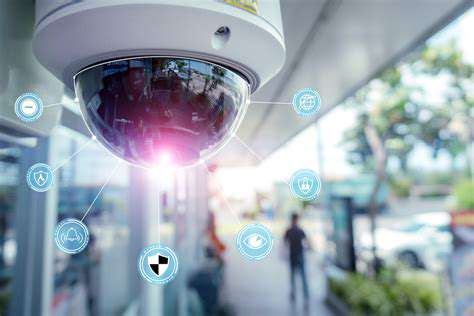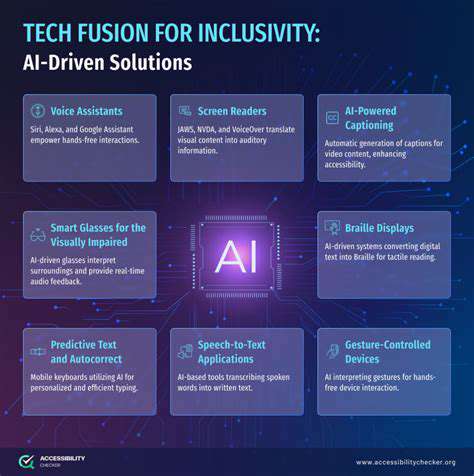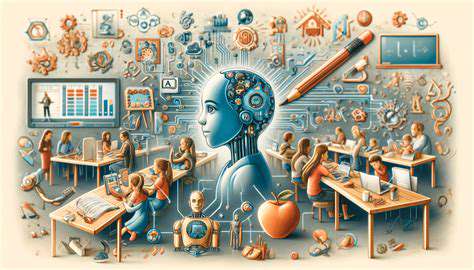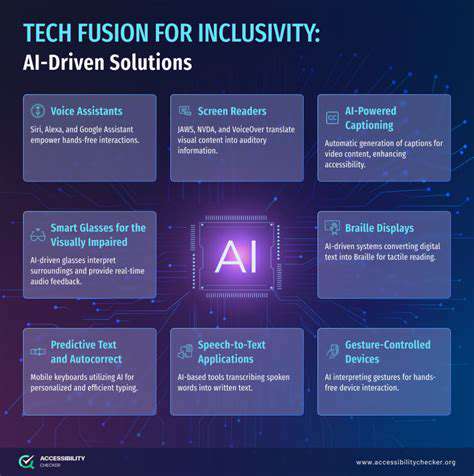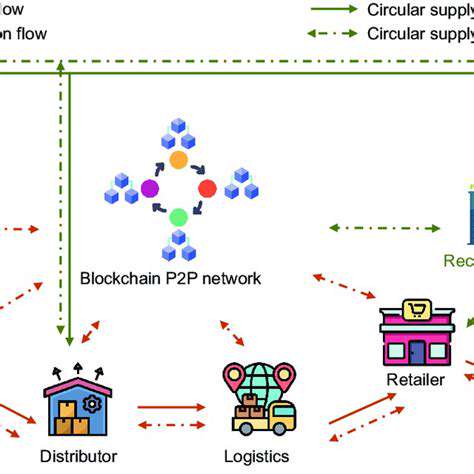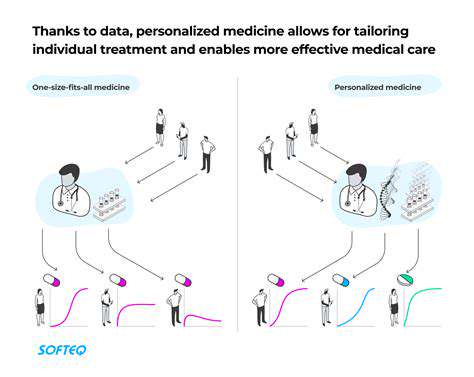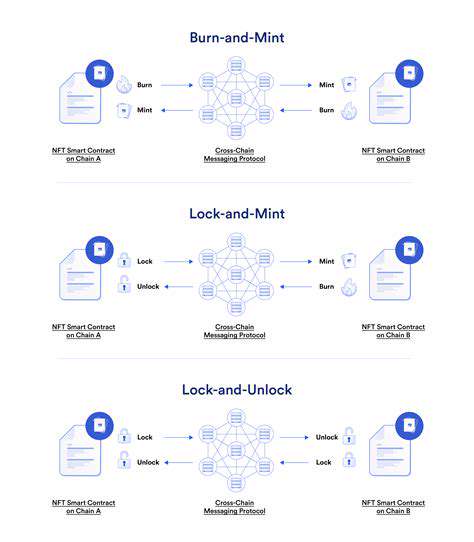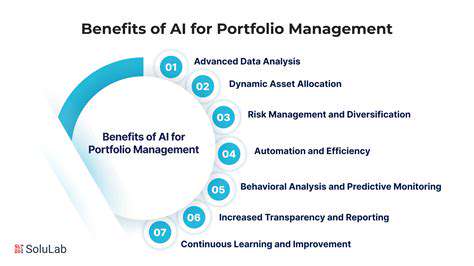Exploring Interoperability Solutions
Bridging the Gap: The Need for Interoperability
The current state of blockchain technology resembles the early days of computer networking before TCP/IP became universal. Without common communication standards, we're forcing developers to recreate the wheel for every chain integration, wasting resources and stifling innovation. The solution lies in developing universal protocols that maintain each blockchain's unique advantages while enabling fluid data exchange.
Consider the potential applications: A shipping container's journey could be tracked from an enterprise Ethereum chain to a lightweight IoT blockchain at port, then to a supply chain solution on Hedera—all while maintaining an immutable, verifiable record. This level of integration could revolutionize industries far beyond finance, from healthcare data sharing to renewable energy credit trading.
Standardization: Laying the Foundation
The path to true interoperability begins with establishing common ground. We need standards that go beyond token formats to include data structures, messaging protocols, and security models. Groups like the InterWork Alliance are making progress, but widespread adoption remains elusive. The challenge isn't technical—it's organizational, requiring competing projects to collaborate for mutual benefit.
Cross-Chain Bridges: Enabling Secure Transfer
Modern bridge technology has evolved far beyond simple token wrapping solutions. Advanced architectures now incorporate fraud proofs, decentralized validation, and fail-safe mechanisms that dramatically improve security. However, the diversity of blockchain designs means no single bridge solution fits all cases—we'll likely see continued specialization for different use cases and security requirements.
Tokenization and Asset Representation: Unifying Value
The concept of tokenization extends far beyond simple asset representation. Sophisticated token standards now enable complex rights management, royalty structures, and compliance features that work across multiple chains. This evolution transforms tokens from simple value carriers to programmable instruments that can adapt to different blockchain environments while maintaining their core functionality.
Decentralized Exchanges (DEXs) and Interoperability: Expanding Access
The next generation of DEXs won't just trade assets—they'll serve as liquidity routers across entire blockchain ecosystems. Imagine an exchange that automatically finds the optimal path for your trade, whether that's through an AMM pool on Ethereum, an order book on Injective, or a hybrid solution on Polygon. This level of integration will make blockchain boundaries irrelevant to end users.
Challenges and Considerations: Navigating the Complexity
Beyond the technical hurdles lie equally daunting governance challenges. Who decides when chains should upgrade their interoperability standards? How do we coordinate security responses across autonomous networks? These questions require new models of decentralized governance that balance chain sovereignty with ecosystem-wide coordination.
Future Directions: A Glimpse into the Possibilities
The most exciting developments may come from unexpected directions. Could AI-powered routing protocols optimize cross-chain transactions in real-time? Might quantum-resistant cryptography enable new forms of secure bridging? One thing is certain: the interoperable future will look very different from today's fragmented landscape, with solutions we can barely imagine today becoming tomorrow's standards.
Challenges in Achieving True Interoperability
Defining Interoperability in the Blockchain Space
True interoperability isn't just about moving tokens—it's about creating a seamless experience where applications don't care which chain they're running on. This requires solving problems at multiple levels, from low-level data formatting to high-level application logic. The complexity grows exponentially as we consider privacy-preserving transactions, variable finality times, and conflicting governance models.
Standardization and Protocol Challenges
The standards dilemma presents a chicken-and-egg problem. Without widespread adoption, standards have little value—but without standards, adoption remains fragmented. Emerging solutions like the Blockchain Interoperability Alliance show promise, but real progress requires incentives that align competing projects' interests. This may require novel tokenomics models that reward standardization efforts.
Security Concerns and Trust Issues
Every interoperability solution introduces new attack surfaces. The infamous Poly Network hack demonstrated how bridges can become single points of failure, while more subtle issues like transaction reordering attacks show the depth of security challenges. Next-generation solutions must incorporate defense-in-depth principles, with multiple layers of validation and automatic failover capabilities.
Scalability and Performance Limitations
Interoperability shouldn't come at the cost of performance. As transaction volumes grow, cross-chain solutions must avoid becoming bottlenecks. Techniques like state channel networks for interoperability and zero-knowledge proof aggregation show potential for maintaining performance at scale, but significant engineering challenges remain.
Token Standardization and Asset Transfer
The token landscape continues to evolve beyond simple fungible assets. How do we represent complex NFTs with chain-specific features when moving between ecosystems? Solutions like abstracted account models and cross-chain state synchronization are emerging, but the field needs robust standards for handling metadata, royalties, and other advanced token features across chains.
The Role of Decentralized Exchanges (DEXs) and Oracles
DEXs are evolving into sophisticated interoperability hubs. Advanced routing algorithms now consider not just price but chain congestion, fees, and security models when executing cross-chain trades. Oracles, meanwhile, are taking on enhanced roles in verifying cross-chain state transitions—a critical function that requires decentralized validation at scale.
The Role of Decentralized Exchanges (DEXs) in Interoperability
Decentralized Exchange (DEX) Architecture
Modern DEX designs are breaking free from single-chain limitations. Next-generation architectures incorporate liquidity aggregation across multiple chains, smart order routing that considers cross-chain fees and latency, and hybrid models that combine AMMs with order book functionality. These innovations transform DEXs from simple trading venues into true interoperability workhorses.
DEXs and Token Standards
The token standard landscape is becoming increasingly complex. Leading DEXs now support dozens of standards while maintaining security and usability. This requires sophisticated wrapper technologies and generalized token interfaces that can adapt to different chain requirements without compromising security. The solutions emerging today will set the pattern for years to come.
Liquidity Provision and AMMs
Liquidity pools are evolving beyond simple two-asset models. Cross-chain AMMs now manage complex multi-asset portfolios that span multiple ecosystems, with dynamic rebalancing algorithms that respond to cross-chain arbitrage opportunities. This innovation dramatically improves capital efficiency while maintaining the decentralized ethos of DeFi.
Cross-Chain DEXs and Interoperability
The most advanced cross-chain DEXs now function as full-stack interoperability platforms. They handle not just asset exchange but also message passing and smart contract triggering across chains. This expands their role from trading venues to general-purpose interoperability infrastructure—a trend that will likely accelerate in coming years.
DEXs and Enhanced Security
Security innovations in DEX design are setting new standards for the entire industry. Techniques like time-locked upgrades, decentralized governance of security parameters, and cross-chain fraud proofs are creating more resilient systems. These advances benefit not just traders but the entire interoperability ecosystem.
The Future of DEXs and Interoperability
Looking ahead, DEXs may become the glue holding together the multi-chain universe. We're moving toward a future where the distinction between on-chain and cross-chain transactions disappears, with DEX infrastructure seamlessly routing value and data wherever it needs to go. This evolution will require breakthroughs in UX design to hide the underlying complexity from end users.
The Future of Blockchain Interoperability
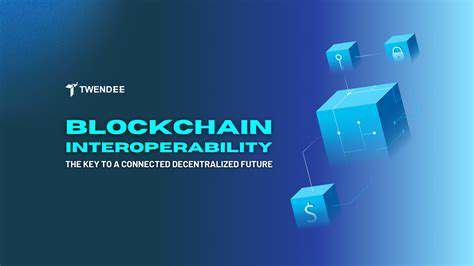
Bridging the Gaps: Current Blockchain Limitations
Today's interoperability solutions are like early internet dial-up—functional but painfully limited. The coming years will see exponential improvements in throughput, latency, and security, driven by innovations in cryptographic proofs, network architectures, and consensus mechanisms. These advances will make today's manual bridge processes look archaic.
Standardized Protocols and Interoperability Standards
The development of universal standards is entering a critical phase. Initiatives like the Cross-Chain Interoperability Protocol (CCIP) aim to create the TCP/IP of blockchain, while still allowing for chain-specific optimizations. The key challenge will be maintaining decentralization while achieving sufficient standardization for seamless interoperability.
Cross-Chain Communication Mechanisms
Next-generation communication protocols are moving beyond simple message passing. Techniques like optimistic verification and recursive ZK proofs enable secure cross-chain interactions with minimal trust assumptions. These advances will enable new classes of applications that dynamically span multiple chains based on performance, cost, and feature requirements.
Decentralized Exchanges (DEXs) and Cross-Chain Trading
The DEX of the future won't just trade assets—it will orchestrate complex cross-chain workflows. Imagine executing a leveraged yield farming strategy that automatically moves positions between chains to optimize returns, all through a simple interface. This level of sophistication will require breakthroughs in both technology and user experience design.
The Role of Layer-2 Scaling Solutions
Layer-2 networks are becoming crucial interoperability enablers. Solutions like optimistic rollups and zk-rollups don't just scale individual chains—they create natural bridges between ecosystems. Their ability to batch and verify cross-chain transactions efficiently may solve many of today's throughput limitations.
Smart Contract Interoperability and Standards
The next evolution in smart contracts will be chain-agnostic execution. Emerging standards allow contracts to deploy and interact across multiple chains simultaneously, with state synchronization handled automatically in the background. This will enable truly decentralized applications that leverage the unique strengths of different blockchain architectures.
The Future of Blockchain Interoperability
In five years, we may look back at today's interoperability challenges as historical curiosities. The endgame is an ecosystem where blockchain boundaries become as irrelevant as network protocols are to modern internet users. Achieving this vision requires continued collaboration across projects, disciplined security practices, and most importantly—a relentless focus on solving real user needs rather than technical novelty.

